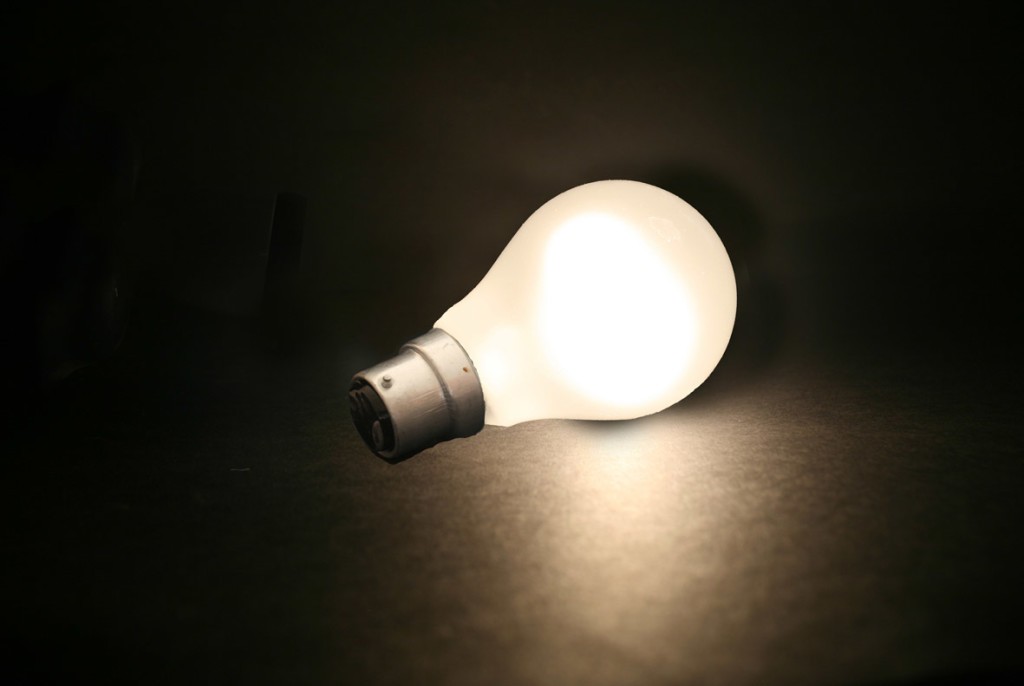The future of LED light is expected to be full of growth and continued development and ingenuity.

The New Year always brings a wave of reflection and predictions for the future. People and businesses review the year behind them and set goals for the future.
Entire industries are less likely to make New Year’s resolutions, but it is common to see predictions about what trends and changes will happen in an industry.
The light industry is no different and the future of LED light has been the topic of speculation for many years. Manufactures and develops alike are constantly striving to improve their products. They continue to make LED lights that are energy efficient while developing and improving technology to stay on the cutting edge of the industry.
The U.S. National Academies of Science, Engineering and Medicine (NAS) recently released a report titled Assessment of Solid-State Lighting, Phase Two, exploring the future of LED light. The report the recommended the continued research of LED technology and made the following observations.
The future of LED light: increase in LED installations
The last LED light study by NAS was written in 2012 and published in 2013. Since then, the use of LED lights in residential homes has risen dramatically – from 13 million to 78 million. Comparatively, there were fewer than 400,000 LED bulbs in use in 2009. Even with the huge amount of growth that has been seen in LED light usage, LED lights only account for three percent of installed indoor lighting. This leaves significant room for growth and the opportunity to see additional savings in cost and energy usage.
The future of LED light: report recommendations
While the LED market is currently near to saturation, it is believed that LED lighting will continue to grow in popularity and displace other lighting options. The NAS study recommends the continued promotion and investment in LED technology.
Specifically, the study suggests the efforts be made towards creating bulbs that have luminous efficiencies over 200 lm/W. Such bulbs are beginning to be developed in laboratories, but more work is needed to make them ready for commercial marketing and use. These bulbs would make achieving the 40-percent or more energy savings possible.
